Tag Archive: Safe driving
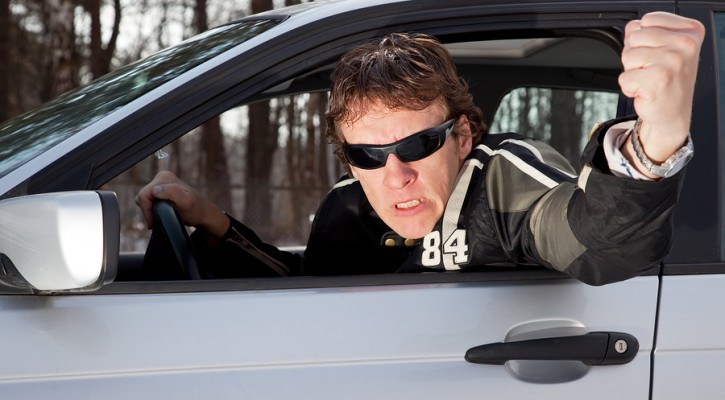
Rude Drivers Worse Than Dangerous Drivers?
August 27, 2014
Rude drivers tend to bring up feelings of anger and frustration more than drivers who perform dangerous maneuvers according to an interesting study conducted by the Queensland University of Technology in Australia. The study followed 209 drivers in Queensland for a week and the drivers were asked to record negative events that they experienced while driving.
Most drivers reported rude behavior on the part of other drivers as being more upsetting than dangerous driving behaviors. Some drivers reported retaliating against the rude driver by use of the horn or hand gestures. Others decided that retaliation of any sort only brought them down to the same level as the rude driver.
Although the study was designed to study thought processes and not safe driving practices, there’s probably little doubt that those drivers who chose not to retaliate were among the safer drivers in the group. It’s not easy to fight the urge to retaliate in some way when someone is rude but those who forget it and drive on are taking the safest approach. Retaliating in some way could possibly trigger a road rage situation.
Driver courtesy is a practice that isn’t seen much anymore but, to survive on the roads, it’s a critical skill to develop. Perhaps the hardest skill to develop is to act courteously to other drivers even when that courtesy isn’t returned. Practicing that skill on today’s roads is becoming more critical to driver safety. Read more: Driver Etiquette More Important To Road Users Than Safe Driving
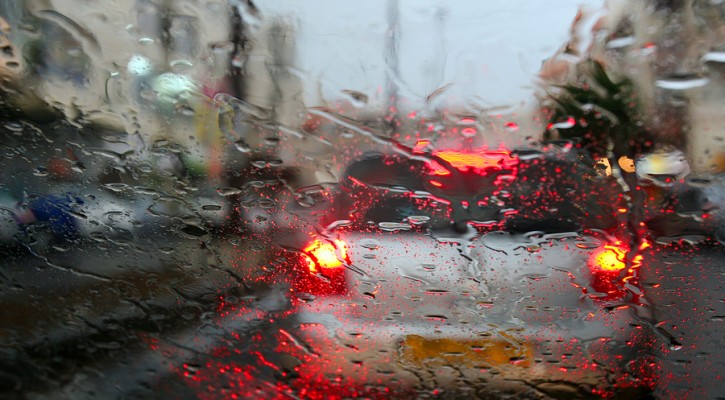
Ask The Traffic School Instructor: Anti-lock Brakes
July 29, 2014
Question: What’s the difference between anti-lock brakes and regular brakes?
Answer: Anti-lock brakes or ABS is a braking system that helps in keeping control of your vehicle when the brakes are applied on slippery road surfaces. If you aren’t certain whether you have ABS or not, check your owner’s manual or consult the dealer. Continue Reading
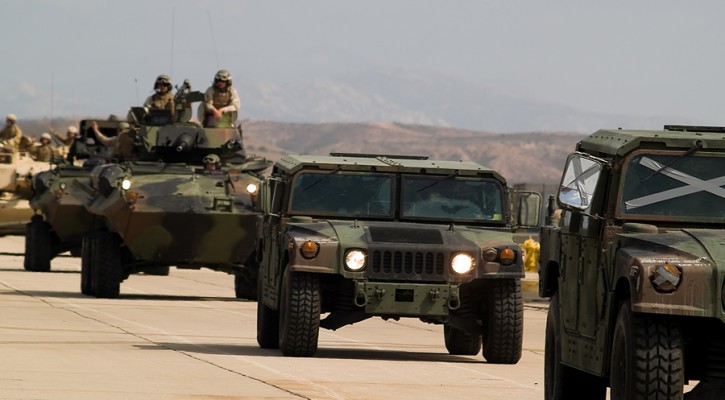
USAA Offers Post Deployment Driving Tips
July 24, 2014
It’s understandable; after a long deployment where it was necessary to scan for and rapidly avoid IED’s or potential ambush points, it’s hard to turn off those critical life-saving skills after returning home where those dangers no longer exist. Driving back home poses a whole different set of dangers and transitioning from one driving environment to the other isn’t easy. Read more: Tips for Driving After Deployment
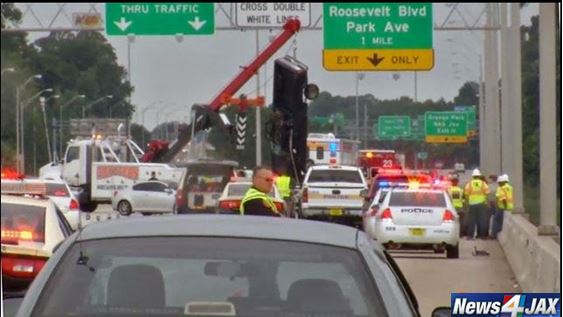
Rubbernecking Leads To Highway Death
July 17, 2014
A horrendous crash in Jacksonville Florida this week points out the dangers of “rubbernecking” by drivers who aren’t watching the road and maintaining a safe distance from the vehicle ahead.
The Buckman bridge in Jacksonville is a three mile long span crossing the St. Johns River. The bridge is actually made up of two separate, four lane spans, about 30 to 40 feet apart from each other. Yesterday, in morning rush hour traffic, a traffic collision involving a semi occurred on the southbound span. Rubberneckers on the northbound span slowed to look and that is when the real trouble began.
According to a spokesman from the Florida Highway Patrol, as traffic on the northbound span slowed, the driver of a Toyota scion swerved into the next lane to avoid hitting the vehicle ahead. As he did so, the front of his vehicle clipped the rear of a pickup truck sending them both into a spin. The force of the pickup truck’s spin was so great that it flipped over the side railing of the bridge and crashed into the river. After a search of several hours by police, fire, and Fish and Wildlife boats along with helicopters from the Navy and Coast Guard, police divers finally found the driver’s body in about twelve feet of water.
Rubberneckers slowing to look at a crash on the road increase the chance of a secondary collision because people are looking at the crash and not at the road ahead. We all have a natural curiosity but incidents like this are when it’s most important to watch the road ahead and look for secondary hazards. This is also why it’s so dangerous for police and fire rescue workers who work the scene of a crash and why obeying the Move Over Law is so important. Read more: Police divers find body in river after crash
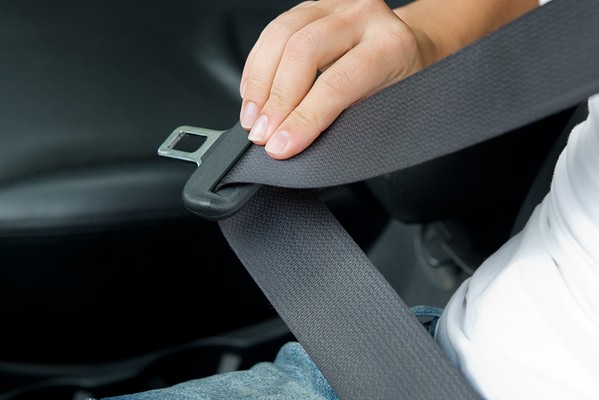
Ask the Traffic School Instructor: Seat Belt Entrapment
July 8, 2014
Question: I know that you are supposed to wear a seat belt but I’m afraid of being trapped in my car if it should catch fire or go into the water. Are my fears real?
Answer: First off, I would never say anyone’s fears aren’t real. They are your fears so they are valid to you. Instead, let’s take a look at the reality of being trapped by a seat belt.
According to the National Highway Traffic Safety Administration, the type of crash you are imagining happens in less than one-half of one percent of all crashes. If we could plan our driving habits based on the type of crash we were going to have, then we could probably, just as easily, plan not to have a crash to begin with. But, for the sake of discussion, let’s assume you were one of the one-half of one percent involved in a crash into water or one that caused your vehicle to catch fire. What could happen to you if you weren’t wearing a seat belt?
Whether you crash into another vehicle or into water, your unbelted body will have no choice but to obey the laws of physics and continue traveling at whatever speed the car was traveling before the crash. That means your body will smash into the steering wheel at say 35 or 45 mph. Even in a relatively low speed crash at 25 mph, a small woman weighing 115 pounds will strike the steering wheel with a force of 2,404 lbs. If your car tumbles or spins out, your unbelted body will be thrown around inside the vehicle and you’ll probably have multiple impact points before coming to rest. Even if you’re still conscious after going through that sort of trauma, you probably won’t be in any shape to escape the vehicle.
No matter what type of crash or how violent it may be, you’re always better off securely fastened in place until the vehicle comes to a stop. By remaining fastened in, your chances of remaining conscious and healthy enough to effect an escape from the vehicle are tremendously increased.
As far as being trapped by the seat belt itself, mechanically, there’s nothing simpler than a seat belt latch. There is just one simple button to push and the probability of such a simple mechanism failing is astronomically small.
May I suggest, instead of fearing the consequences of wearing a seat belt, that you turn that around into a fear of the consequences of not wearing a seat belt.
